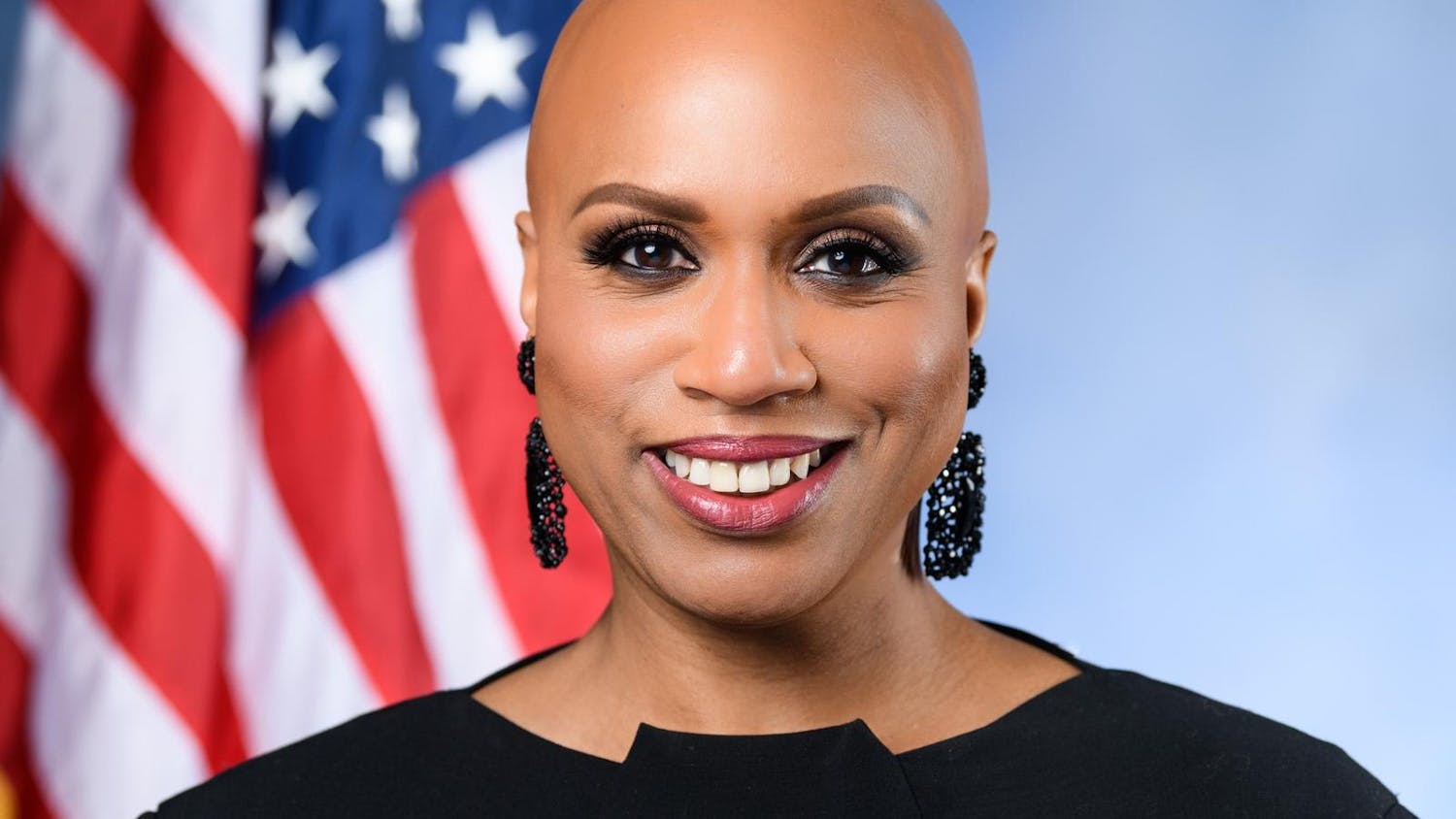The University plans to raise $600 million for campus development under the “BrownTogether” comprehensive campaign. The most significant coming projects are the new School of Engineering building, an expansion of the Watson Institute for International and Public Affairs that will allow it to house the Taubman Center for American Politics and Policy, and a new center for performing arts, said Executive Vice President for Planning and Policy Russell Carey ’91 MA’06.
The University broke ground on the new engineering building last week.
During former President Ruth Simmons’ 11-year tenure, about a billion dollars were spent on campus development, including acquisitions and the construction of the Nelson Fitness Center and Granoff Center for the Creative Arts, Carey said.
Now, administrators are “taking a moment to reflect on the previous decade and, along with our academic priorities, seeing what we imagine for the next decade,” he said. The Committee on Reimagining the Brown Campus and Community is leading the planning of the new construction projects and renovations.
“Performing arts is one we’ve been spending a lot of time on in the ‘programming phase,’ as it was highlighted as a critical need,” Carey said, adding that it will “start from music and radiate out.” Right now, the orchestra rehearses in Alumnae Hall — which Carey said has terrible acoustics — and performs in Sayles Hall.
“Neither of these facilities are up to par with the quality of the ability from students and faculty on campus,” Carey said.
Another problem the operational plan aims to solve is that existing facilities do not meet the needs of dance rehearsal space, an issue that the new performing arts building would potentially solve. “There is a desire for spaces to be flexible, with high utility, and available as much as possible,” Carey said, adding that flexible space often means compromising for specific functions.
“Music, theatre and performance studies have different priorities for the building, but we all need practice and rehearsal spaces that allow us to do collaborative and embodied work as well as performing spaces,” said Patricia Ybarra, associate professor of theatre arts and performance studies and chair of the department. “Brown is generally under-resourced in terms of these types of spaces, so the ideas for the new building are necessary and exciting.”
With the integration of the Taubman Center into the Watson Institute, the need for facilities has grown, said Shankar Prasad, the Watson Institute’s associate director for academic programs and planning. The Watson Institute has established a dramatic growth plan that includes the hiring of many new faculty members, he added.
This addition of students, faculty and staff necessitates increased space for offices, collaborative study and graduate students. “It was really important that 59 Charlesfield became a dedicated space for graduate students in particular … because group works is one of the big aspects of the policy programs here, that you’re working in a team to deconstruct problems,” Prasad said.
The construction on 59 Charlesfield St. is slated to be complete by the end of November. Faculty will move their offices over winter break, and it will be fully operational next semester, he said.
Since the School of Engineering was established in 2010, the University has been working to expand the program. Currently, there are 44 faculty members in the school, Carey said, adding that there should be closer to 60.
A number of considerations went into deciding where and how to build the new engineering building. The Jewelry District, which is closer to the Alpert Medical School, was a strong possibility for the building’s location. But two studies led planners to decide to keep the construction closer to existing facilities, Carey said. One study analyzed how students use the curriculum, while the other examined how students use space on campus.
The specific research being done by the faculty in the department also plays a big role in the kind of spaces and equipment that are necessary, Carey said. Science buildings are often the most energy intensive buildings, and it is important that they are not overly susceptible to vibrations, he said.
Brown’s integration to the community and eclectic architectural style also form a big part of the planning process, Carey said. When new construction goes up, “there is a very deep sense of pride and respect” for the aesthetic of the neighborhood and the campus, he said.
A design review committee chaired by Craig Barton, director of the Design School and professor of architecture and urban design at Arizona State University, is tasked with making the design decisions. The group is an offshoot of a Corporation committee for facilities and campus planning.
Faculty from involved departments are also given a role in planning renovations and design. During the planning for renovations to 59 Charlesfield St., meetings were held every week with Facilities Management, members of Taubman and Watson, architects and planners, Prasad said. At the meetings, they discuss everything from paint colors to desks and chairs, with the only constraint on their input being the budget already put in place, he said.




